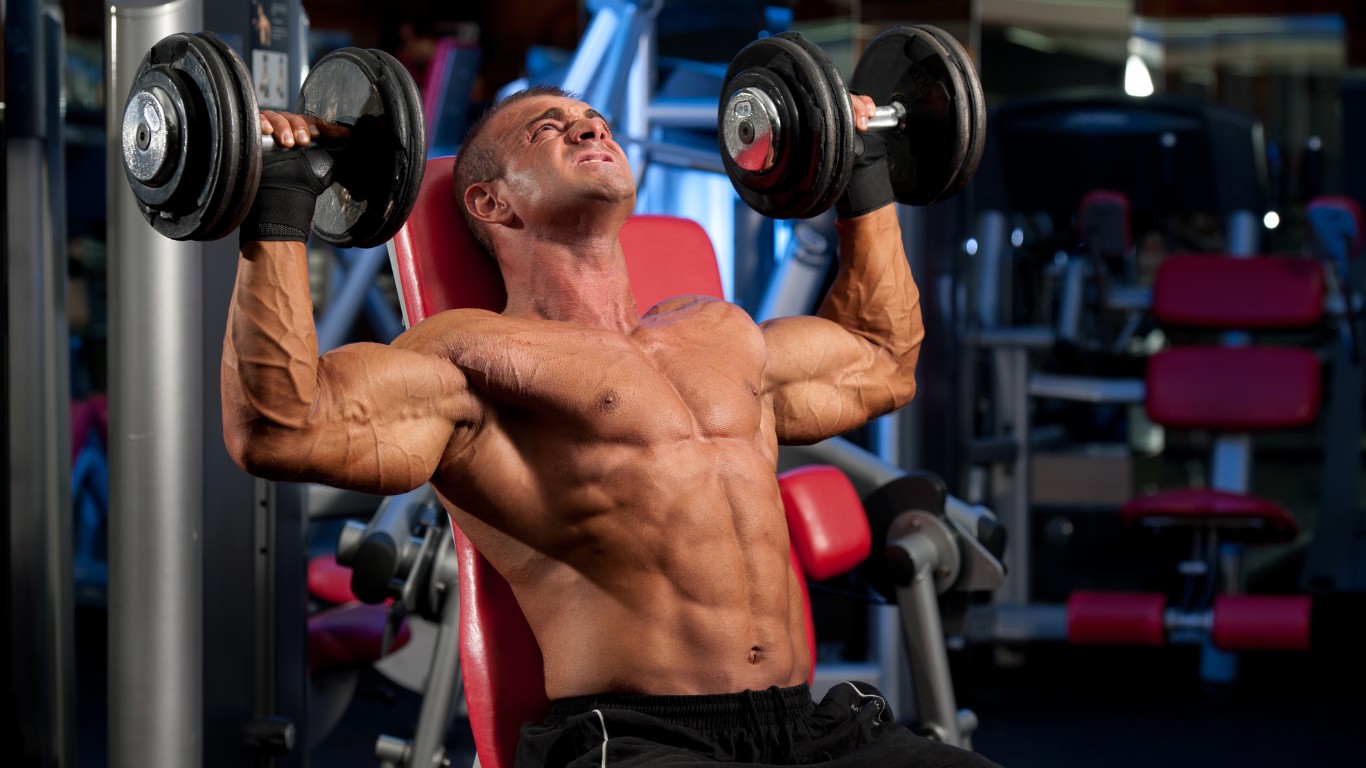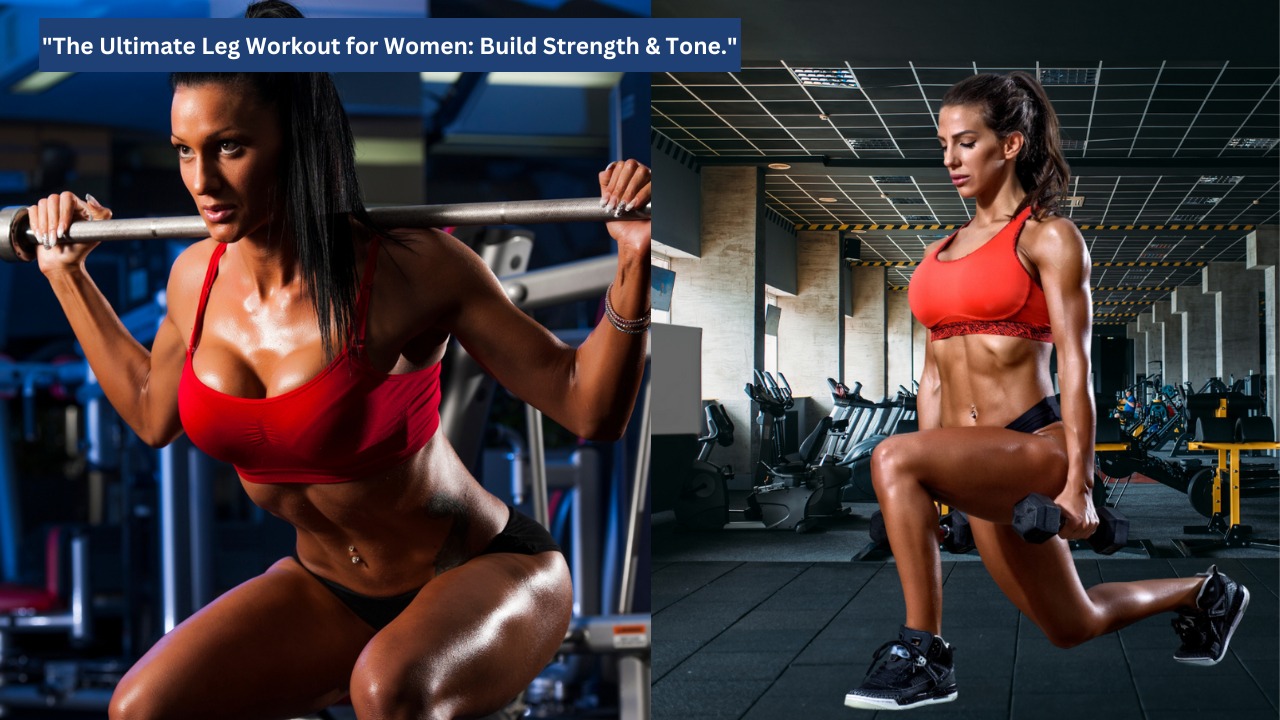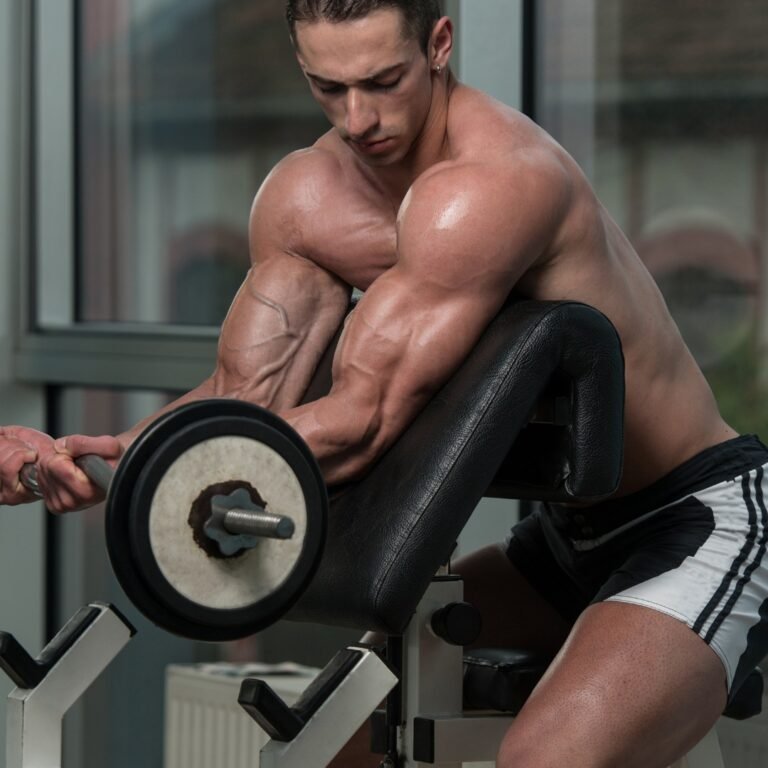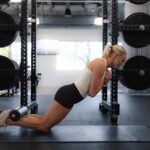Disclosure:
Thank you for reading this post, don't forget to subscribe!
Some of the links on this website are affiliate links. This means that if you click on the link and make a purchase, we may receive a small commission at no extra cost to you. Your support helps us keep the site running.Learn more on my Privacy Policy and Affiliate Disclosure page. Thank you for your support!
A strong back is the foundation of a powerful physique and a pain-free life.
The back is a crucial muscle group that supports your entire body, influencing your posture, strength, and overall fitness. Whether you’re an athlete, a fitness enthusiast, or simply someone who wants to maintain a healthy body, incorporating back workouts into your routine is essential.
Back exercises not only help build a strong and muscular physique but also play a vital role in preventing injuries, improving posture, and enhancing overall body strength. A well-developed back supports your spine and can alleviate or prevent back pain, making it essential for everyone, regardless of fitness level.
In this article, you’ll discover the ten best back workouts, complete with detailed instructions on proper form, variations to suit different fitness levels, and the benefits of each exercise. By the end, you’ll have all the tools you need to build a strong and resilient back.
Understanding Back Anatomy and Muscle Groups
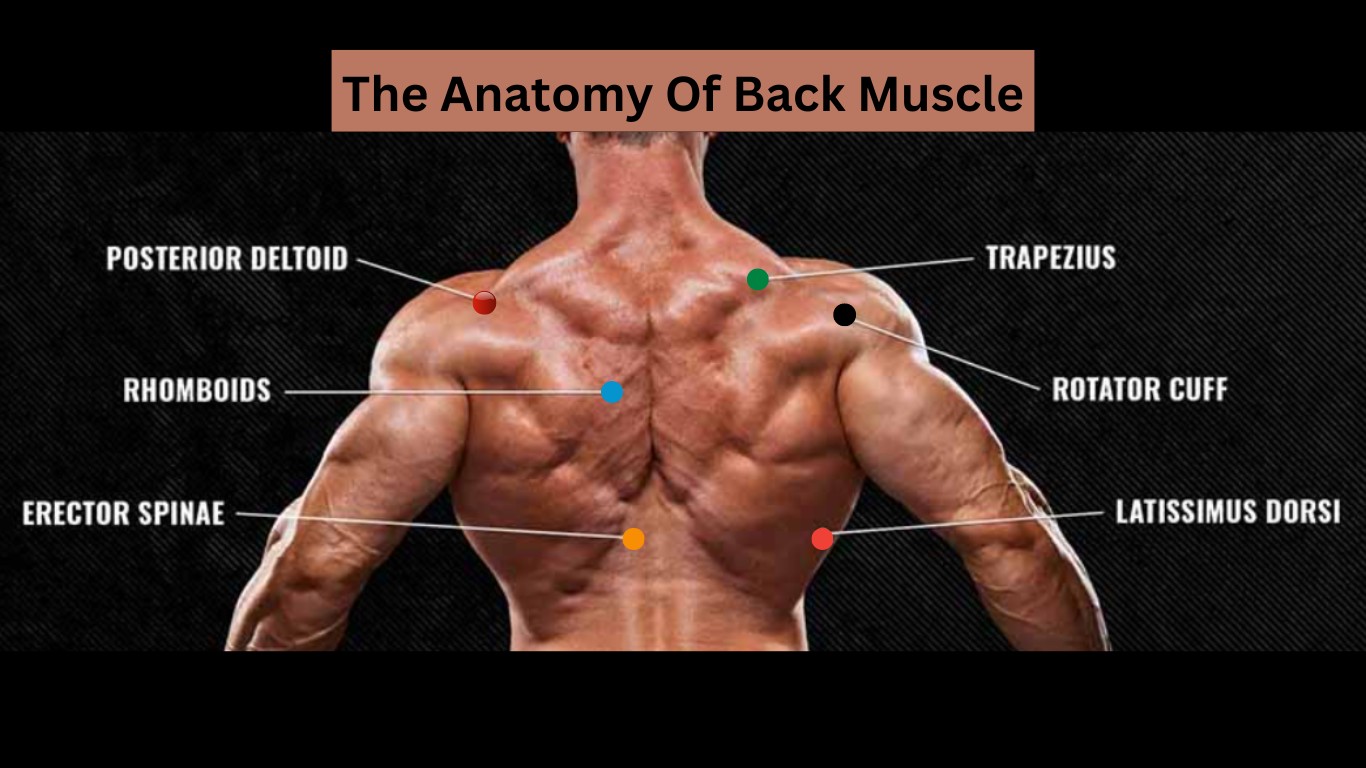
A. Major Muscles of the Back
Understanding the anatomy of your back is crucial for targeting the right muscles during your workouts. The major muscles include:
Read next: The Ultimate Guide to Building a Strong Chest-Top 10 Exercises for Massive Pecs
- Latissimus Dorsi (Lats): The largest back muscle, crucial for movements like pull-ups and rows.
- Rhomboids: Located between the shoulder blades, important for posture and scapular movement.
- Trapezius (Traps): Extends from your neck down to the middle of your back, involved in shoulder movements.
- Erector Spinae: Runs along your spine, essential for maintaining posture and spinal health.
- Teres Major and Minor: Smaller muscles that assist in arm and shoulder movements.
B. Benefits of a Strong Back
A strong back improves your posture, reduces the risk of injuries, and enhances your performance in various physical activities. It also contributes to a balanced and muscular physique, providing the necessary support for other exercises and daily movements.
C. Common Back Problems and How Exercise Can Help
Back pain is a common issue that many people face due to poor posture, weak muscles, or improper lifting techniques. Strengthening the back through targeted exercises can help alleviate pain, improve mobility, and prevent future injuries.
Learn more about: The Best Workouts to Build a Bigger Back-A bigger back is the foundation of a bigger upper body!
Preparing for Your Back Workout
A. Warm-up Exercises
Before diving into your back workout, it’s crucial to warm up your muscles. A proper warm-up increases blood flow, reduces the risk of injury, and prepares your muscles for the workout. Some effective warm-up exercises include:
- Arm circles
- Shoulder shrugs
- Light cardio (e.g., jogging or jumping jacks)
- Dynamic stretches targeting the shoulders and upper back
B. Equipment Needed
Depending on the exercises you choose, you’ll need some basic equipment, including:
- Pull-up bar
- Barbell and dumbbells
- Cable machine or resistance bands
- T-bar row machine
- Hyperextension bench
read more about: How To Create A Customized Workout Plan-Customizing your workouts can lead to better results and a heightened sense of personal accomplishment. You’re going to find out about how individualized plans cater to different bodies and goals.
C. Safety Considerations and Proper Form
Maintaining proper form is essential to avoid injuries and maximize the effectiveness of each exercise. Always start with lighter weights to master the technique, focus on controlled movements, and avoid jerking or swinging during exercises.

read next:
The 10 Best Back Workouts
1. Pull-ups/Chin-ups

- Proper Technique: Grip the bar with your hands slightly wider than shoulder-width apart (pull-ups) or with an underhand grip (chin-ups). Engage your core, pull your body up until your chin is above the bar, and lower yourself back down with control.
- Variations for Different Fitness Levels:
- Beginner: Assisted pull-ups using a resistance band.
- Intermediate: Standard pull-ups.
- Advanced: Weighted pull-ups or one-arm pull-ups.
- Sets and Reps: 3-4 sets of 6-12 reps.
- Benefits: Pull-ups and chin-ups are excellent for building upper body strength, particularly targeting the lats, biceps, and traps.
find out more about: Effective exercises for building a strong back-harvard health medical school.
2. Bent-over Rows
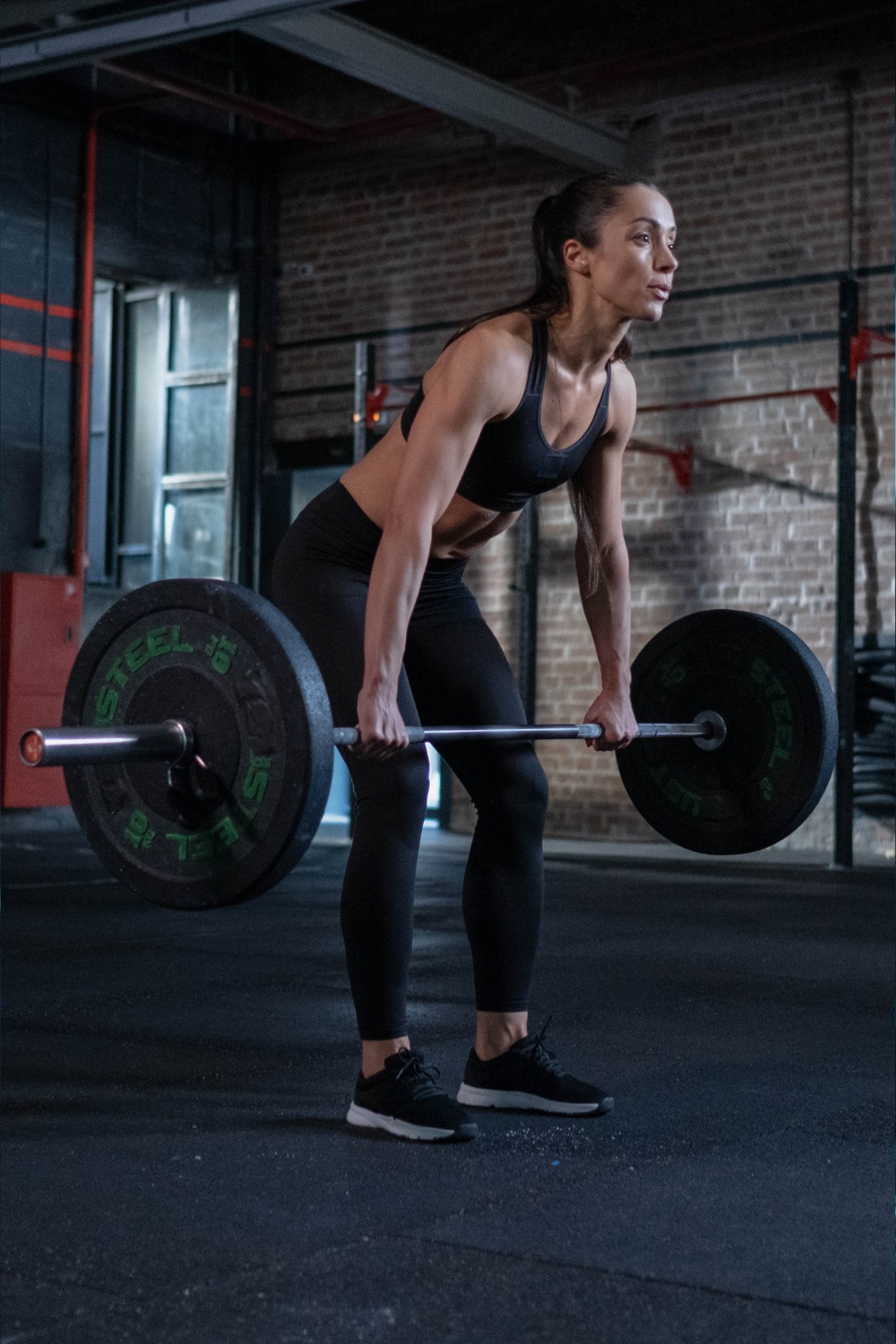
- Barbell vs. Dumbbell Variations:
- Barbell Bent-over Rows: Hold a barbell with an overhand grip, hinge at the hips, and pull the barbell towards your abdomen.
- Dumbbell Bent-over Rows: Use dumbbells for more focus on unilateral movement, helping correct muscle imbalances.
- Target Muscle Groups: Primarily targets the lats, rhomboids, and traps, while also engaging the lower back and core.
- Sets and Reps: 3-4 sets of 8-12 reps.
- Benefits: This compound movement is essential for overall back development and building thickness in the middle of the back.
3. Deadlifts
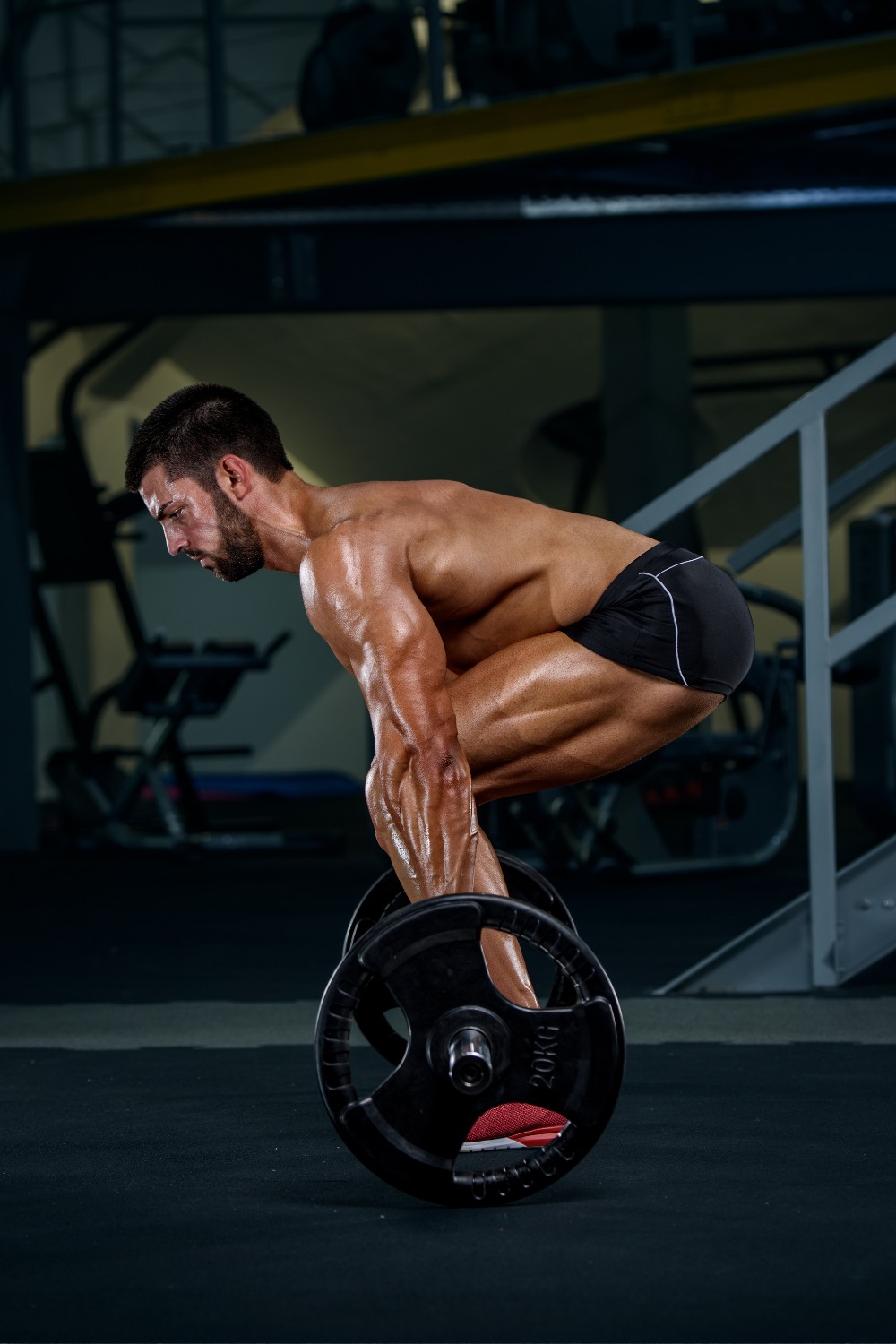
- Conventional vs. Sumo Deadlifts:
- Conventional Deadlift: Feet shoulder-width apart, grip the bar just outside the knees, and lift with a straight back.
- Sumo Deadlift: Wider stance with feet turned out, grip the bar inside the knees, focusing more on hips and glutes.
- Common Mistakes to Avoid: Rounding the back, using too much weight too soon, and jerking the bar off the ground.
- Sets and Reps: 3-4 sets of 5-8 reps.
- Benefits: Deadlifts are a full-body exercise that primarily targets the lower back, glutes, and hamstrings, and are key for building overall strength and power.
further reading: The Top 10 Exercises for Improving Men’s Health and Wellness-by ferdieDelima morningscape mindset media.
4. Lat Pull-downs

- Wide-grip vs. Close-grip:
- Wide-grip Lat Pull-down: Targets the outer portion of the lats for a wider back.
- Close-grip Lat Pull-down: Focuses on the middle back and provides a different angle of muscle activation.
- Machine vs. Cable Variations: Machines offer stability, while cables provide more range of motion and flexibility in grip positions.
- Sets and Reps: 3-4 sets of 8-12 reps.
- Benefits: Lat pull-downs are an excellent alternative to pull-ups, particularly for beginners, and they effectively isolate the lats.
5. T-Bar Rows
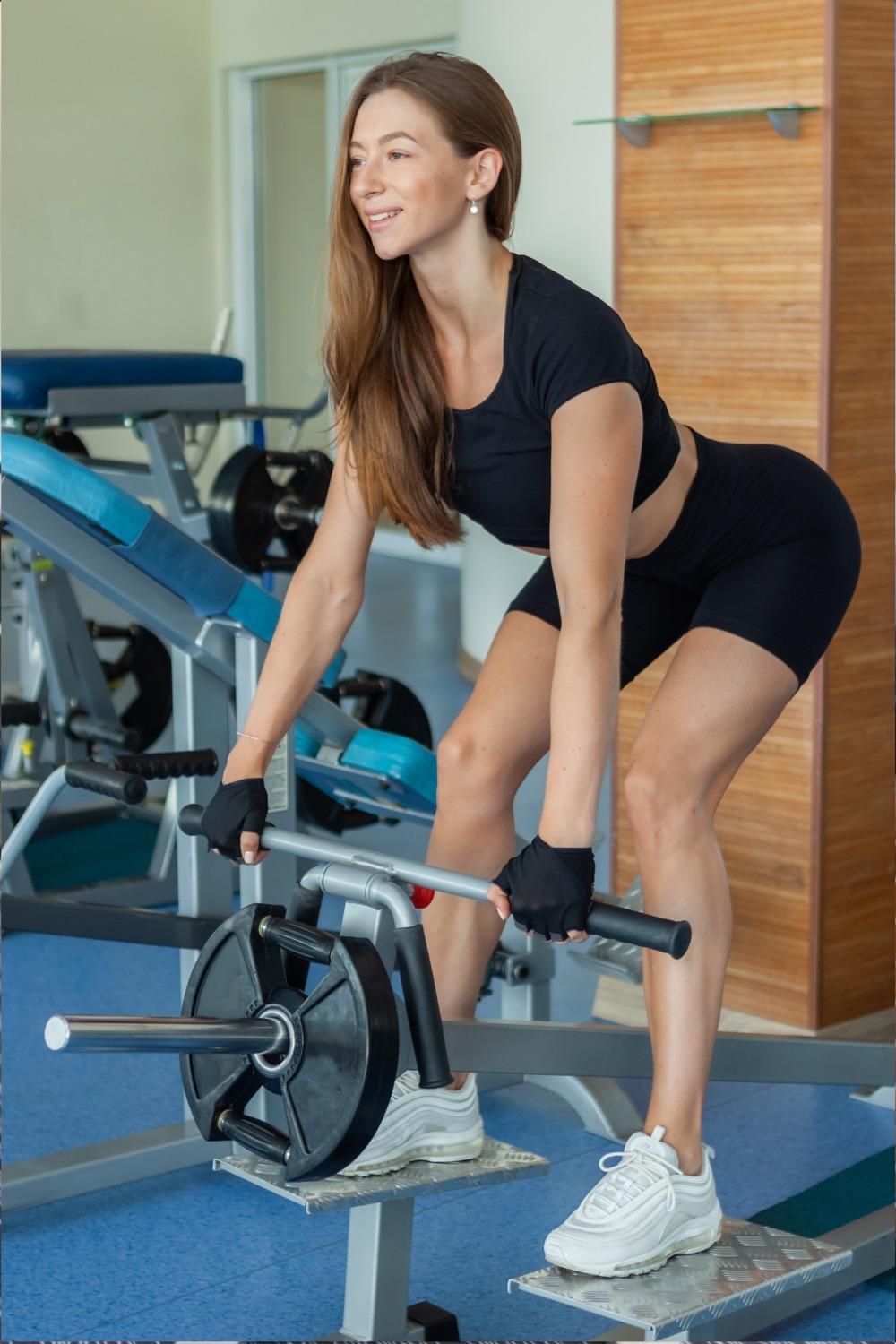
- Proper Form and Execution: Stand with feet shoulder-width apart, bend at the hips, and row the bar towards your chest while keeping your back straight.
- Benefits for Overall Back Development: T-bar rows emphasize the middle back and lats, contributing to thickness and overall back strength.
- Sets and Reps: 3-4 sets of 8-10 reps.
- Benefits: T-Bar rows help in developing a thick, muscular back and are particularly effective for targeting the lower and middle portions of the lats.
6. Face Pulls
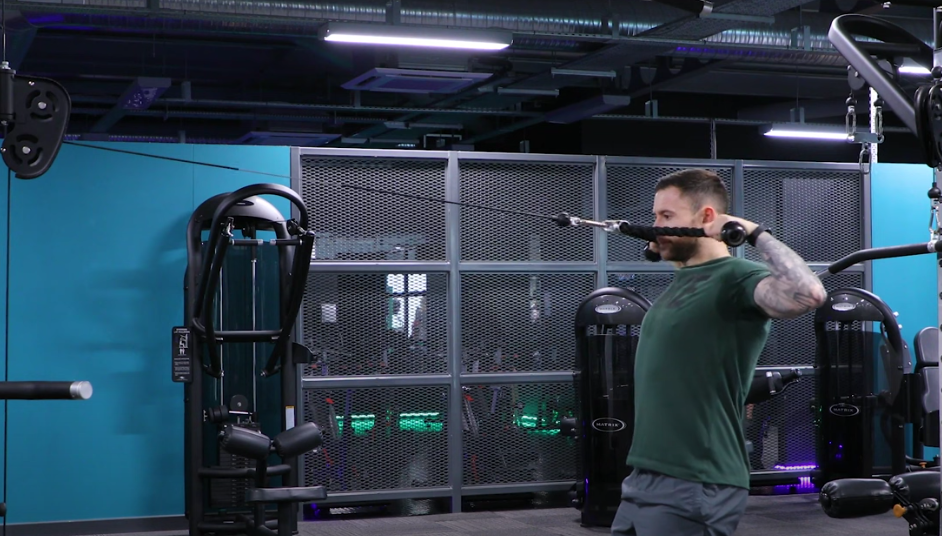
- Technique and Muscle Engagement: Attach a rope to a cable machine at eye level, pull the rope towards your face with elbows high, and squeeze the shoulder blades together.
- Importance for Shoulder Health: Face pulls are crucial for strengthening the rear deltoids and improving shoulder stability, which can prevent injuries.
- Sets and Reps: 3-4 sets of 12-15 reps.
- Benefits: This exercise is great for improving posture, shoulder health, and preventing imbalances.
7. Seated Cable Rows
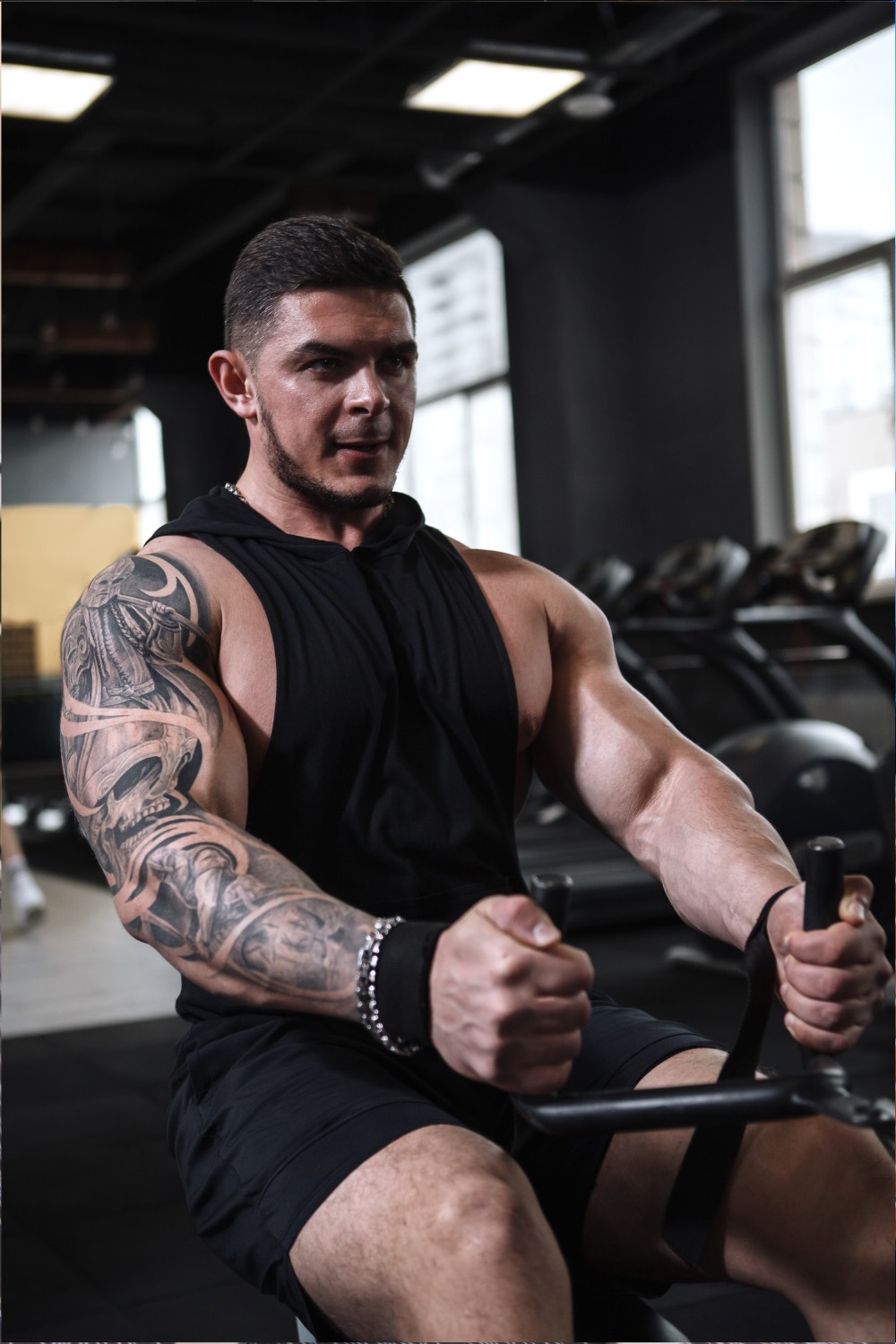
- Proper Posture and Movement: Sit on the cable row machine, grasp the handle, and pull towards your abdomen while keeping your back straight and shoulders down.
- Variations to Target Different Areas: Use different grips (wide, narrow, underhand) to target various parts of the back.
- Sets and Reps: 3-4 sets of 8-12 reps.
- Benefits: Seated cable rows effectively target the middle back and are versatile for adjusting the angle and grip for different muscle emphasis.
8. Hyperextensions
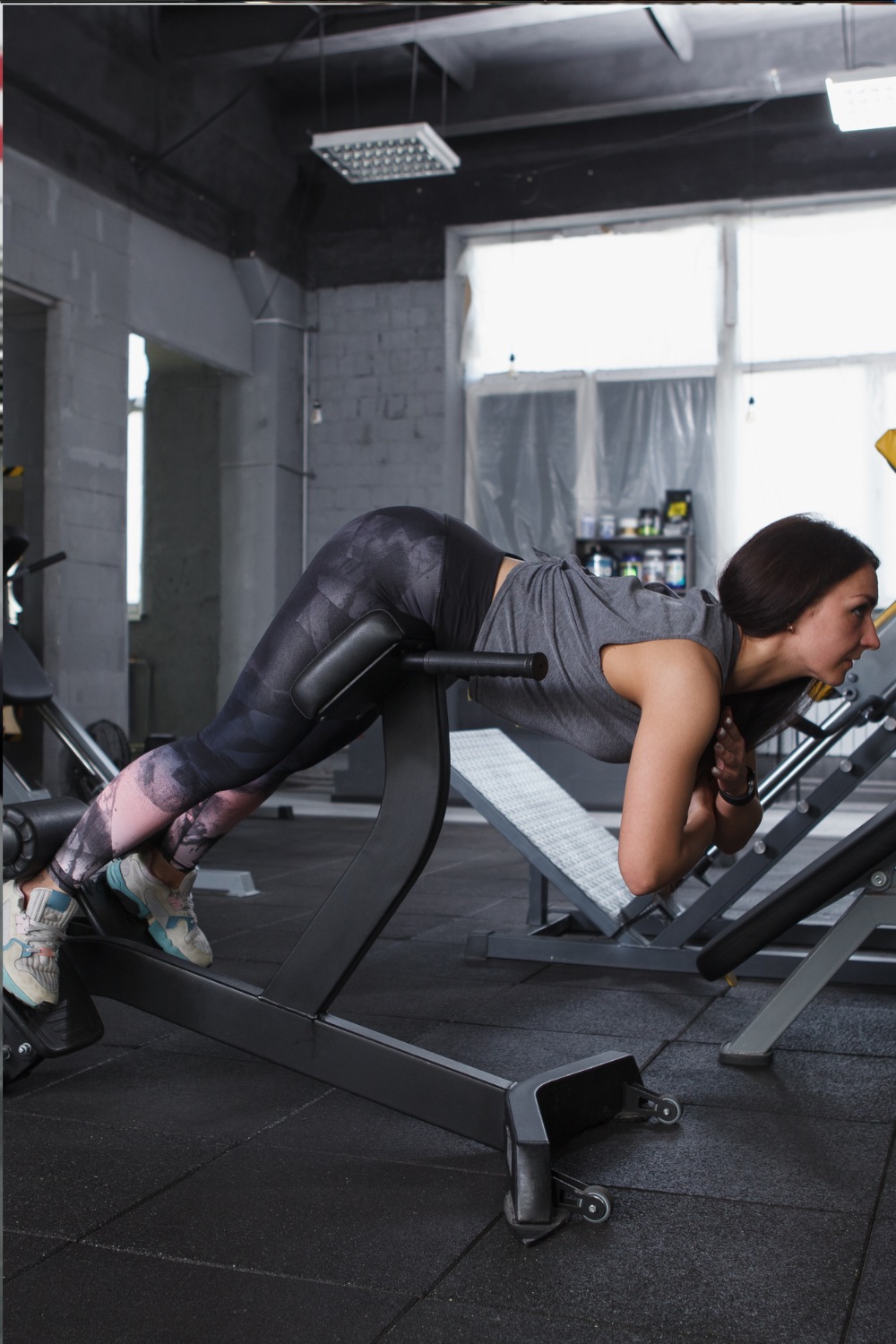
- Focus on Lower Back Strength: Lie face down on a hyperextension bench, with your hips resting on the pad. Raise your upper body by contracting your lower back muscles.
- Bodyweight vs. Weighted Options: Start with bodyweight and add weight as you progress for increased resistance.
- Sets and Reps: 3-4 sets of 10-15 reps.
- Benefits: Hyperextensions are essential for strengthening the lower back and can help prevent back pain and injuries.
check out: Hyperextension Exercise: The Key To A Stronger, Healthier Lower Back.
9. Renegade Rows
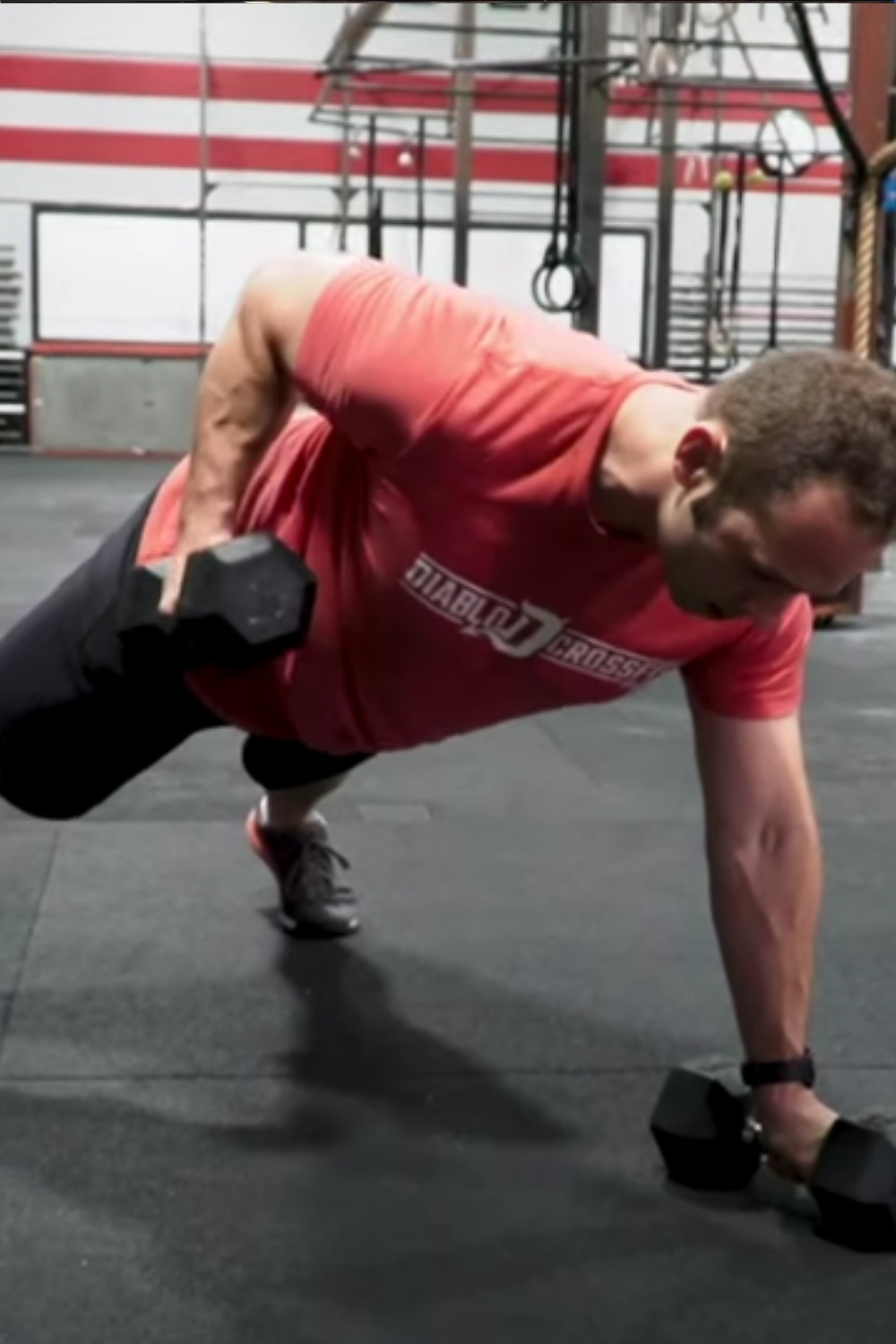
- Full-body Engagement: Start in a push-up position with dumbbells in hand, row one dumbbell towards your hip while balancing on the other arm.
- Progression and Regression Options: Beginners can perform this exercise on their knees, while advanced athletes can increase the weight or perform more reps.
- Sets and Reps: 3-4 sets of 8-10 reps per side.
- Benefits: Renegade rows engage the entire body, including the back, core, and arms, making it a powerful functional exercise.
10. Single-arm Dumbbell Rows
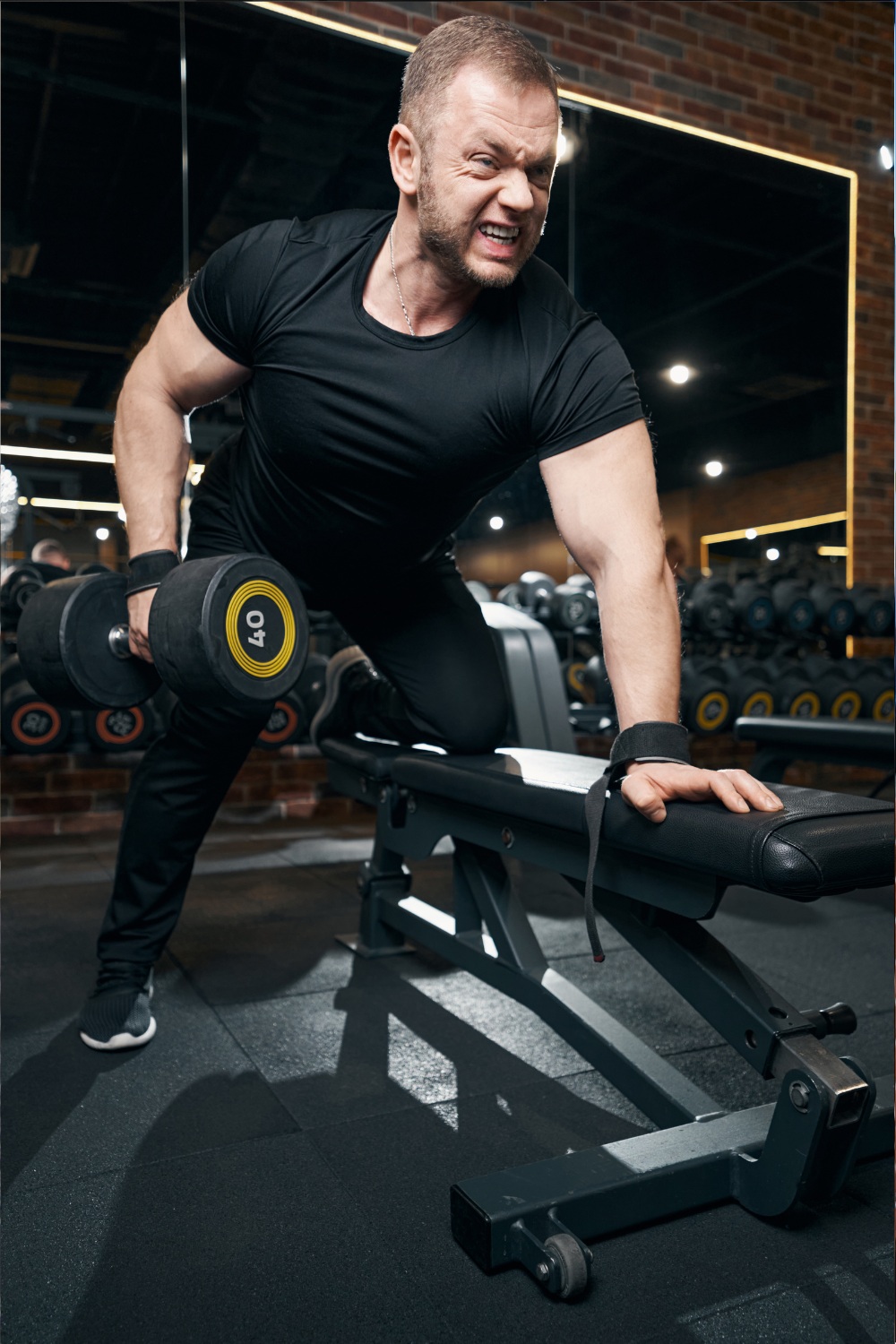
- Unilateral Training Benefits: Perform rows with one arm at a time to correct imbalances and focus on muscle engagement.
- How to Perform with Proper Form: Place one hand on a bench for support, row the dumbbell towards your hip while keeping your back flat.
- Sets and Reps: 3-4 sets of 8-12 reps per side.
- Benefits: This exercise isolates each side of the back, promoting balanced muscle development and preventing asymmetries.
discover more about: Lower Back Pain after a Workout? Here’s How to Prevent It.
Creating an Effective Back Workout Routine
A. Frequency and Volume Recommendations
To build a strong back, aim to incorporate these exercises into your routine 2-3 times per week. Focus on 3-4 sets per exercise with varying rep ranges depending on your goals (lower reps for strength, higher reps for hypertrophy).
B. Sample Workout Plans for Beginners, Intermediate, and Advanced Levels
- Beginner:
- Pull-ups (assisted if needed): 3 sets of 6-8 reps
- Lat Pull-downs: 3 sets of 10-12 reps
- Seated Cable Rows: 3 sets of 10-12 reps
- Hyperextensions: 3 sets of 12-15 reps
- Intermediate:
- Pull-ups: 4 sets of 8-10 reps
- Bent-over Rows: 4 sets of 8-10 reps
- T-Bar Rows: 4 sets of 8-10 reps
- Face Pulls: 4 sets of 12-15 reps
- Advanced:
- Weighted Pull-ups: 4 sets of 6-8 reps
- Deadlifts: 4 sets of 5-8 reps
- Renegade Rows: 4 sets of 8-10 reps per side
- Single-arm Dumbbell Rows: 4 sets of 8-10 reps per side
C. Tips for Progression and Avoiding Plateaus
- Progressive Overload: Gradually increase the weight or resistance to continually challenge your muscles.
- Variety: Mix up your exercises and variations to keep your workouts fresh and prevent adaptation.
- Rest and Recovery: Ensure adequate rest between workouts to allow for muscle recovery and growth.
Explore more:
Conclusion
A strong back is essential not only for a powerful physique but also for maintaining good posture, preventing injuries, and supporting overall body strength.
Incorporate these exercises into your routine to build a stronger, healthier back. Whether you’re a beginner or an advanced lifter, there’s a back workout here that will help you achieve your fitness goals.
Don’t wait—start strengthening your back today! A strong back will not only enhance your physical performance but also improve your quality of life.
Your doing it wrong! (Common back exercise mistake)
Recommended Tools and Equipment for Home Workouts
Looking to build a strong back at home? We recommend investing in a pull-up bar, dumbbells, and resistance bands to get started.
more about:
HEALTH / WELLNESS / FITNESS / NUTRITION
SHARE THE POST


